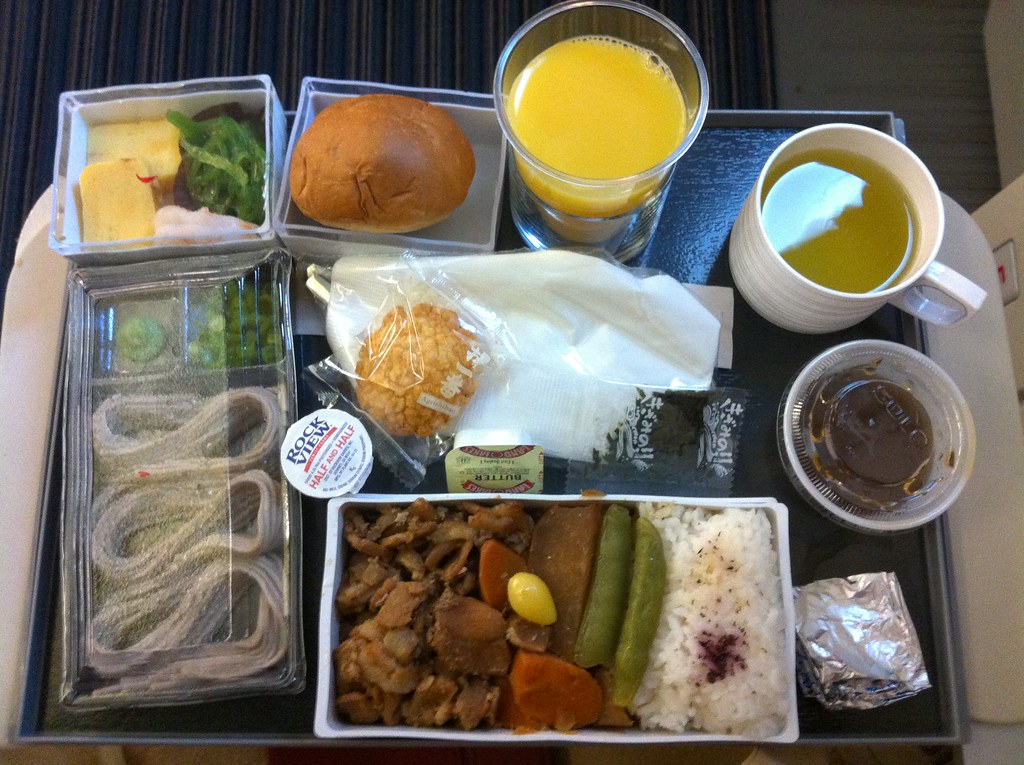Podcast: Play in new window | Download (Duration: 34:27 — 31.5MB)
In which we try not to get kicked out of Japan, refer to dates as “yesterday” when in fact they happened nearly two months ago, and take shoyu shots (try saying that five times fast).
It’s been (ahem) 6 weeks since our last episode went up. Yeah… it was supposed to go up a week after our last one, but it turns out Rachael has a full-time family, Allison had a big deadline she had to meet, and oh right – we went to Japan!
So yes, while we had all the best intentions of having episodes recorded, edited, and posted for the entire time we were gone… that definitely didn’t happen. Instead you get them now! So when we refer to things such as the Diablo III launch happening yesterday or our Japan trip as “upcoming” rather than “already happened and we miss it already”… you’ll know why.

Most etiquette you’ll run into in Japan is fairly common most everywhere. For example, wait until everybody is served to start eating. Don’t talk with your mouth full. (But it is okay to slurp your ramen noodles! Who knew?)
If you aren’t given a spoon, it’s totally okay to pick up your bowl and drink your soup from it as if it’s a cup.
At the beginning of a meal (and at the beginning of our podcast!) you say “itadakimasu!” (いただきます) It means, “I humbly receive,” and is a way of paying your respect and giving gratitude to everything that went into the meal you’re about to eat – from the person who prepared your food to the living organisms that gave their lives so you can eat.
When you finish the meal, you say “Gochisōsama-deshita” (ごちそうさまでした) – literally, “You were a Feast (preparer).” You’re honoring the person who prepared the meal for you.
Presentation, as many of you know, is hugely important in Japanese culture. Because of this, they often arrange the dishes they give you (if you’re getting your own individual dishes, as opposed to eating family-style) in a very specific way. So while you’re eating, you should try to avoid moving the dishes around and destroying the visual arrangement that was originally there.
Also, you should spread out your eating among all the little dishes you are given, instead of eating one dish all at once. Take a bite of rice, then a little of this, then another bite of rice, then a little of that. (Rice is seen as a palate cleanser.)
When you’re eating a meal where you’ll get a lot of these little dishes, you should wait until everyone is served ALL of their dishes before eating. (Except for kaiseki, Japanese food usually isn’t eaten in courses.)

Often, when eating anywhere in Japan, you’ll be given an oshibori – either a hot, damp hand towel, or a wet towelette in a plastic wrapper. This is your napkin – most restaurants won’t give you napkins (although we have seen little waxy napkins that are completely not helpful, or tissues).
You’re not supposed to eat while you’re walking. (Some people don’t even think you should eat while in public, but that rule is broken quite often.)
Don’t pour shoyu on rice. (Er… yeah. We’ve both been breaking this rule our entire lives.)
No getting blatantly drunk in restaurants. But if you are drinking, make sure to pour for others, but not for yourself. So if you’re out drinking, you’re supposed to keep an eye on your friends’ glasses and top them off when appropriate, and they should do the same for you. (We’re not sure if this is the case for non-alcoholic drinks, but we’re guessing it’s okay to pour water for yourself.)
No belches. Please. We’ve all heard there are some Asian cultures where loud burps are considered a sign of appreciation of the meal, however Japan is not one of them.
So there you go. Now you know how to NOT get kicked out of Japan for etiquette transgressions!
